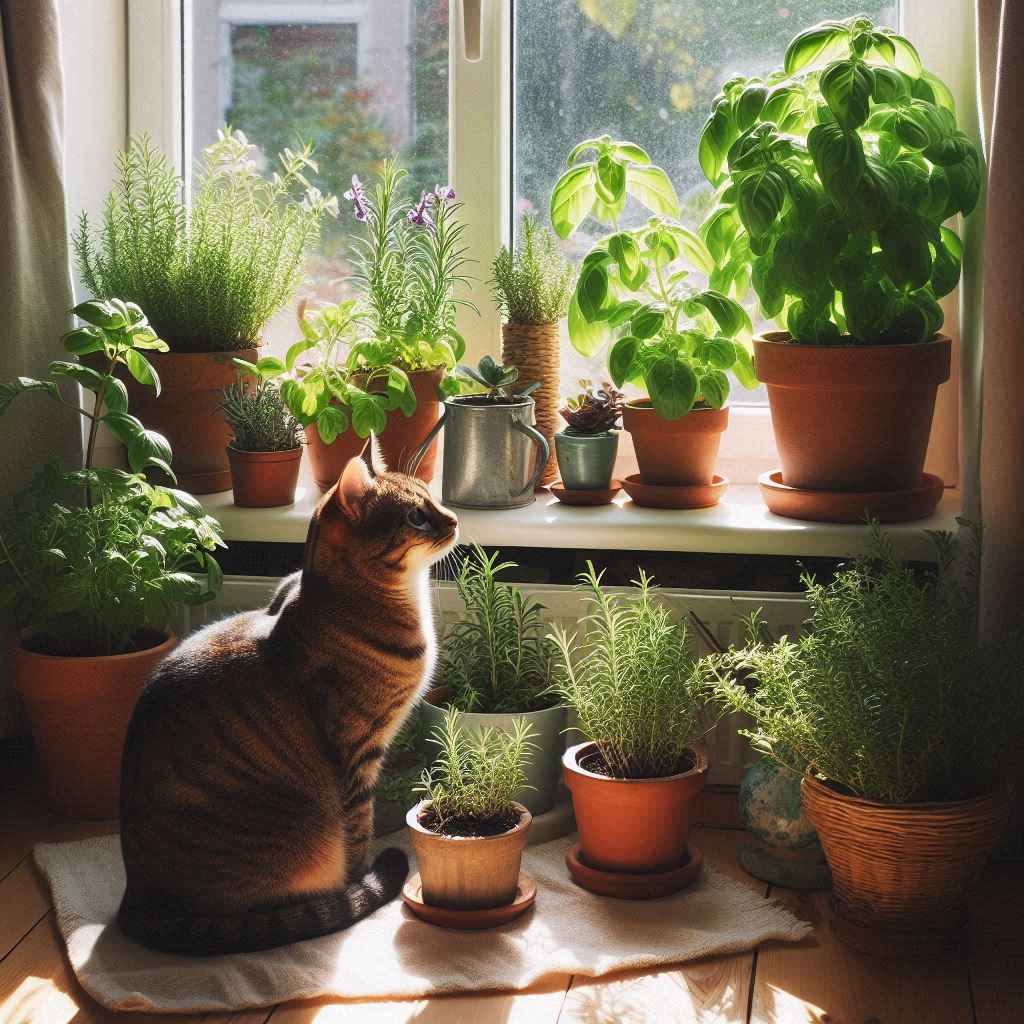Choosing the Best Location for Your Herb Garden
Choosing the ideal spot is the first step in creating an herb garden. It’s crucial to locate a sunny spot where herbs can receive at least six hours of sunlight per day since they prefer bright environments. Consider growing herbs in containers on a windowsill or balcony if you don’t have much outdoor space. The important thing is to make sure they get adequate light and drainage. To make it convenient for you to gather fresh herbs for cooking, you should plant your herb garden close to your kitchen or other cooking area. Your herb garden’s success greatly depends on where it is located, whether it is in your apartment’s tiny corner or your backyard.
Choosing the Right Herbs for Your Needs
Select herbs that you use often in your cooking when you first start your herb garden. Basil, rosemary, thyme, parsley, mint, and cilantro are typical choices. For those who enjoy Italian cooking, oregano and basil might be perfect. Consider using mint or lavender in teas or desserts. Consider your growing environment and climate as well. While some herbs require more care, others are more resilient and can survive less-than-ideal circumstances. Combining herbs that grow well together is also beneficial. For example, basil is a great companion plant in your vegetable garden because it goes well with tomatoes.
Preparing the Soil and Planting Your Herbs
An herb garden needs healthy soil to thrive. When planting herbs in the ground, it’s crucial to loosen the soil and incorporate compost to enhance its texture and nutrients, as most herbs require well-drained soil. Use a well-draining, premium potting mix for container gardening. Consider the size of the herbs you are planting when spacing them out; some, like rosemary, grow large, while others, like chives, stay small. After planting, make sure to give them plenty of water and to plant them at the proper depth. Watering them on a regular basis will help them grow strong roots; however, avoid overwatering as this can cause root rot.
Caring for and Harvesting Your Herbs
Your herbs need consistent care after they are planted in order to flourish. Water them frequently, but watch out that the soil doesn’t get too wet. In between waterings, most herbs prefer their soil to be slightly dry. Regular pruning will promote bushier growth in your herbs, and pinching off flowers as they open will keep the plants concentrated on developing flavorful leaves. It’s easy to harvest your herbs; just cut off the leaves or stems that you need, leaving enough growth to allow the plant to keep growing. In fact, frequent harvesting encourages stronger, more leaf-bearing plants, so your kitchen will always have access to fresh herbs.
